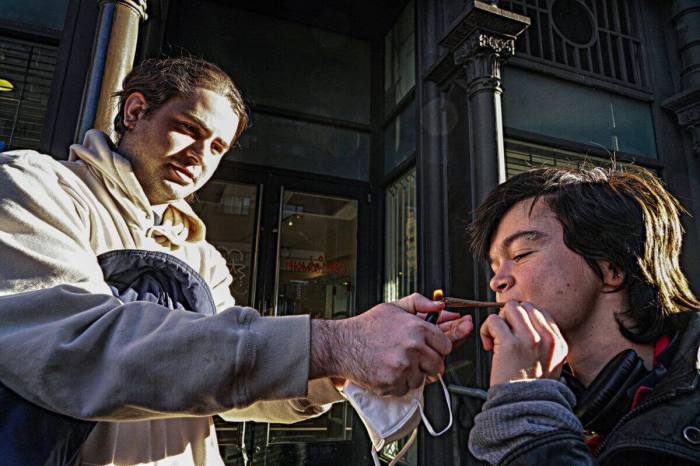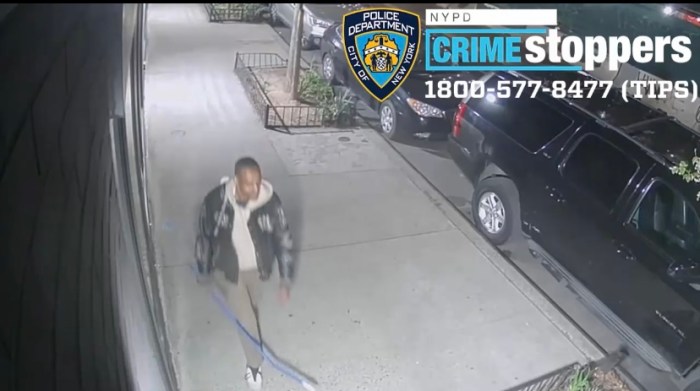Four months after calling for dramatic reforms to reduce violence against adolescent inmates at New York City’s Rikers Island jail, the Justice Department Thursday said it plans to join a lawsuit to speed up change and potentially push for a court monitor to oversee the prison.
“In order to have enduring systemic reform you have to have some form of outside, independent oversight,” said Manhattan U.S. Attorney Preet Bharara, citing the city’s recent agreement to a monitor overseeing stop-and-frisk practices as a sign it may go along.
In an August report, Bharara’s office said staff use of force and solitary confinement against adolescents was out of control, producing a “culture of violence” with little accountability. He said Mayor Bill de Blasio favors reform, but talks were too slow.
“We hope those aspirations will find concrete expression in the form of permanent, enforceable and verifiable terms in a court-approved settlement agreement,” Bharara said. ” . . . Given the longstanding sad state of affairs at Rikers Island, our impatience is more than understandable.”
Instead of a new lawsuit, the Justice Department has asked to intervene in a class-action suit filed in 2011 by the Legal Aid Society on behalf of prisoners, allowing that group, federal officials and the city to hammer out a reform plan in a three-sided negotiation.
One day after de Blasio visited Rikers and announced changes to reduce the use of solitary confinement for young inmates, City Hall said the mayor and Corrections Commissioner Joseph Ponte were committed to reform and would not oppose federal entry into the suit.
“This administration has been implementing many of the reforms,” said a spokeswoman. ” . . . We are beginning to unwind the decades of neglect that have led to unacceptable levels of violence on Rikers Island.”
Rikers Island houses up to 15,000 prisoners. The federal probe, begun in 2012, focused on constitutional violations in treatment of adolescents, who number less than 1,000.
It found that force was used on 40 percent of young inmates; guards employed dangerous “headshots” to enforce discipline; most attacks occurred away from camera surveillance; and up to a quarter of young prisoners were held in punitive solitary.
Among 70 proposed reforms, Bharara’s office suggested moving 16- and 17-year-olds from Rikers to a different pretrial jail with a specially trained staff, installing more cameras, improving training and cracking down on abusive guards.
The Legal Aid Society class-action suit was filed in Manhattan federal court on behalf of all Rikers inmates, not just adolescents. The federal involvement must be formally approved by U.S. District Judge Laura Swain, who is overseeing the case.
Like the city, the society supports a formal role for the Justice Department in the case. Legal Aid attorney-in-chief Seymour James said it would be of “great assistance.”
“We welcome the intervention,” he said. “The problem is not just the facility that holds children. The problem is pervasive throughout Rikers.”

















